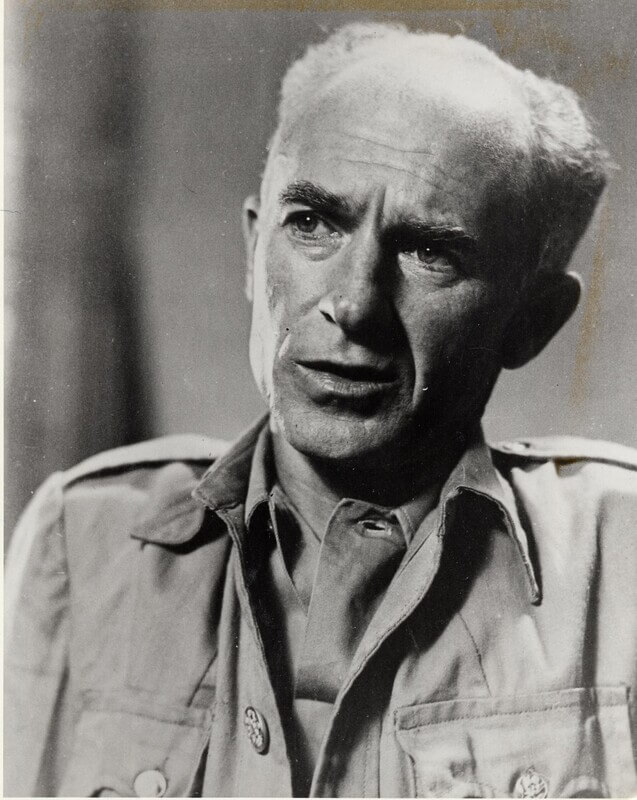

The New York Times Magazine, 2023
Author(s): Samantha M. Shapiro
2:28
Samantha M. Shapiro traveled to Ohio to tell the heart-wrenching and eye-opening stories of homeless children in rural America and how their access to schools and a good education has been seriously compromised by housing insecurity.
Shapiro told the stories of five families and their struggles to find safe and permanent housing in Gallia County, a rural community of about 29,000 people located just across the Ohio River from West Virginia.
Shapiro provided readers with an intimate look at what it’s like for homeless families – usually headed by single mothers – in rural America. She described in sobering detail how the problem, in many cases, keeps their children from attending school.
Shapiro traveled long distances to capture the stories, going into areas without hotels and spending days trying to find people who didn’t have phones or a fixed location.
Shapiro also interviewed school administrators, football coaches and truancy officers, who shared their experiences serving as an informal safety net for homeless families in the absence of substantive programs and financial resources to address the problem.
As Shapiro reported in her story, schools are often the only source of help. Her reporting drew attention to the heroic work of school employees who are going above and beyond their responsibilities as educators in their efforts to mitigate the effects of rural homelessness on a growing number of their students.
Shapiro expertly intertwined personal human-interest stories with the hard truths of housing insecurity. She provided readers with the facts and figures, along with information on legislative initiatives, government programs and complex socio-economic drivers that impact the growing problem of family homelessness. It is a phenomenon, she pointed out, that is little understood in its current state.
Shapiro reminded readers that students experiencing homelessness have the worst educational outcomes of any group: the lowest graduation rates, lowest scores on standardized tests, highest rates of suspension and worst attendance. Then she told the stories of 9-year-old Wade, 17-Year-old Everett and 19-year-old T., whose lives and experiences bear out those truths.
Sadly, she reported, students experiencing homelessness often fall far behind in their early elementary years and drop out of school when they’re older. Not having a high school degree is the single greatest risk for future homelessness.
After Shapiro’s story was published, the Ohio Department of Education reported a spike in requests for grants from rural districts and asked for permission to distribute the article to educate administrators on the rights of students experiencing homelessness. A national advocate for homeless students reported that the story has influenced the U.S. House of Representatives Education Committee’s views on the issue.
Shapiro’s story overflowed with revelations that were devastating, both for the country and for the thousands of young lives swept up in this crisis.

During World War II, Ernie Pyle worked for Scripps-Howard as a journalist embedded with the troops he chronicled. Readers in America saw the war through Ernie’s eyes as he recounted in detail the dangers the soldiers experienced and the fears they felt while serving on the front line.